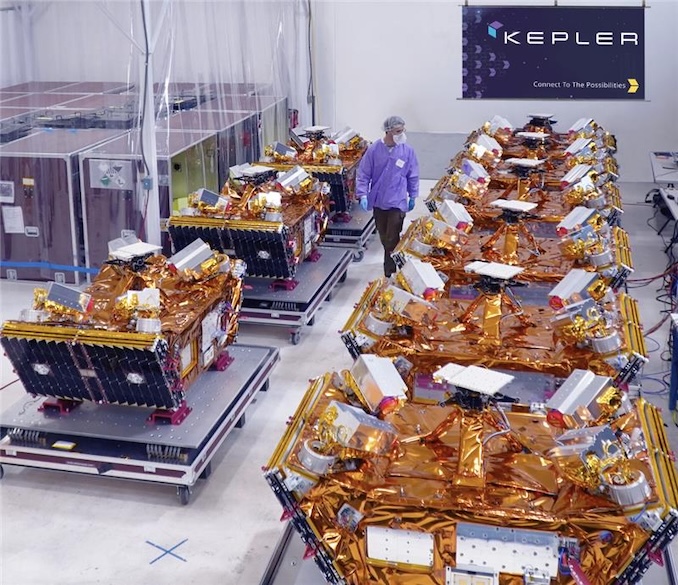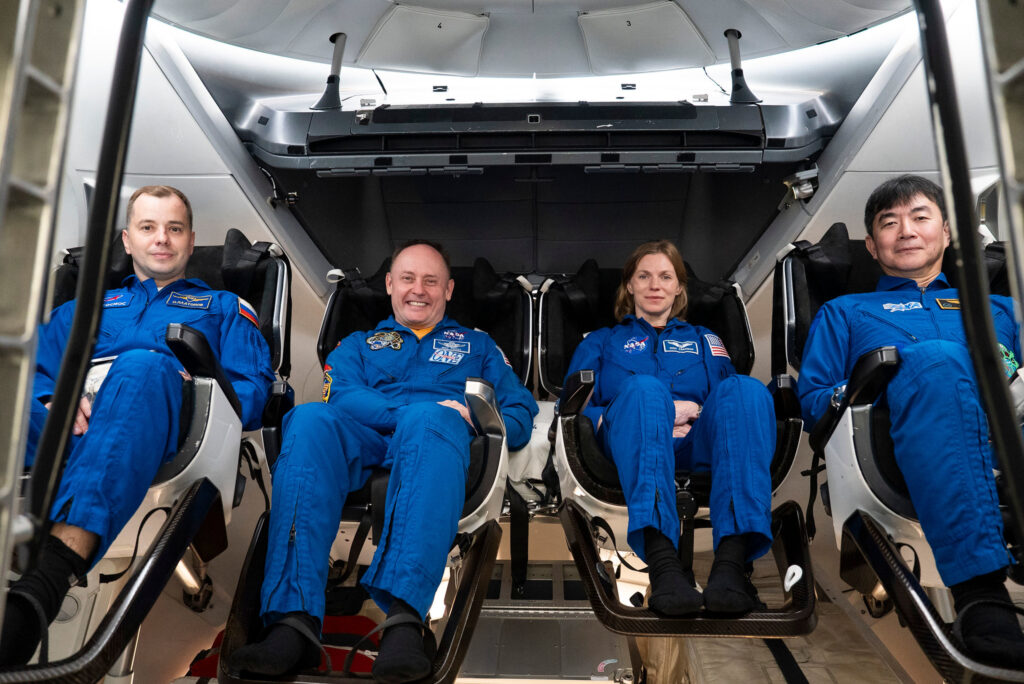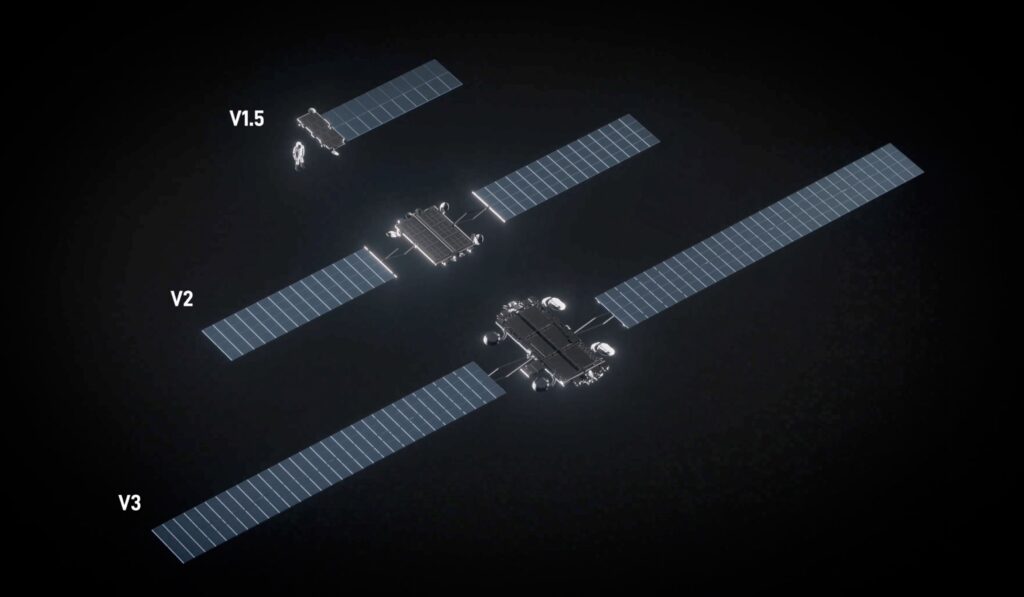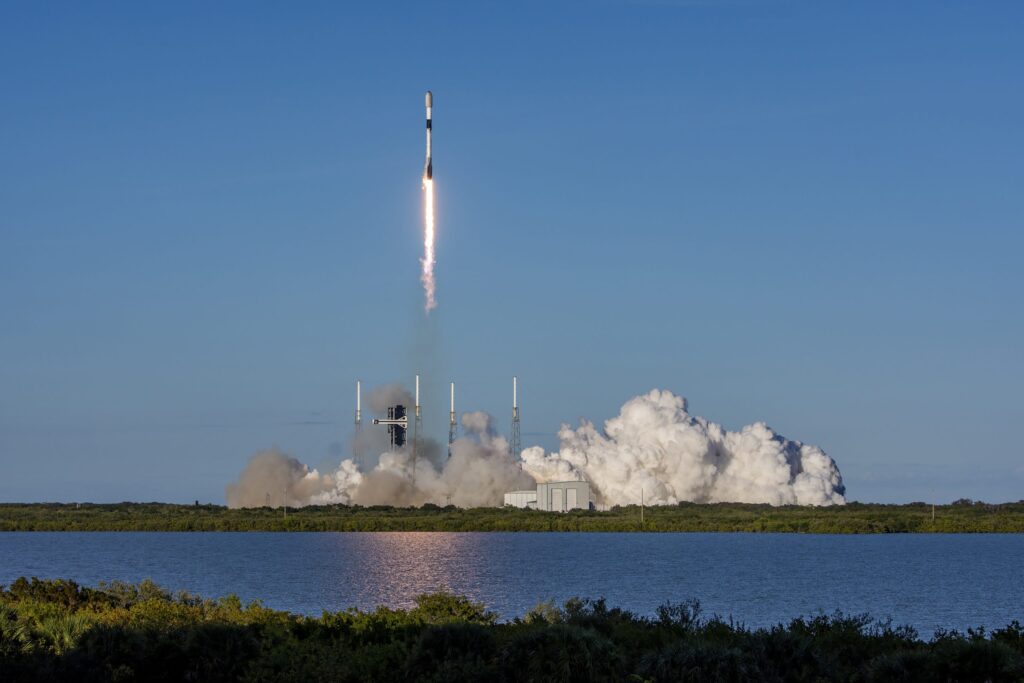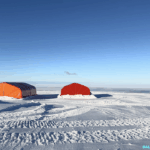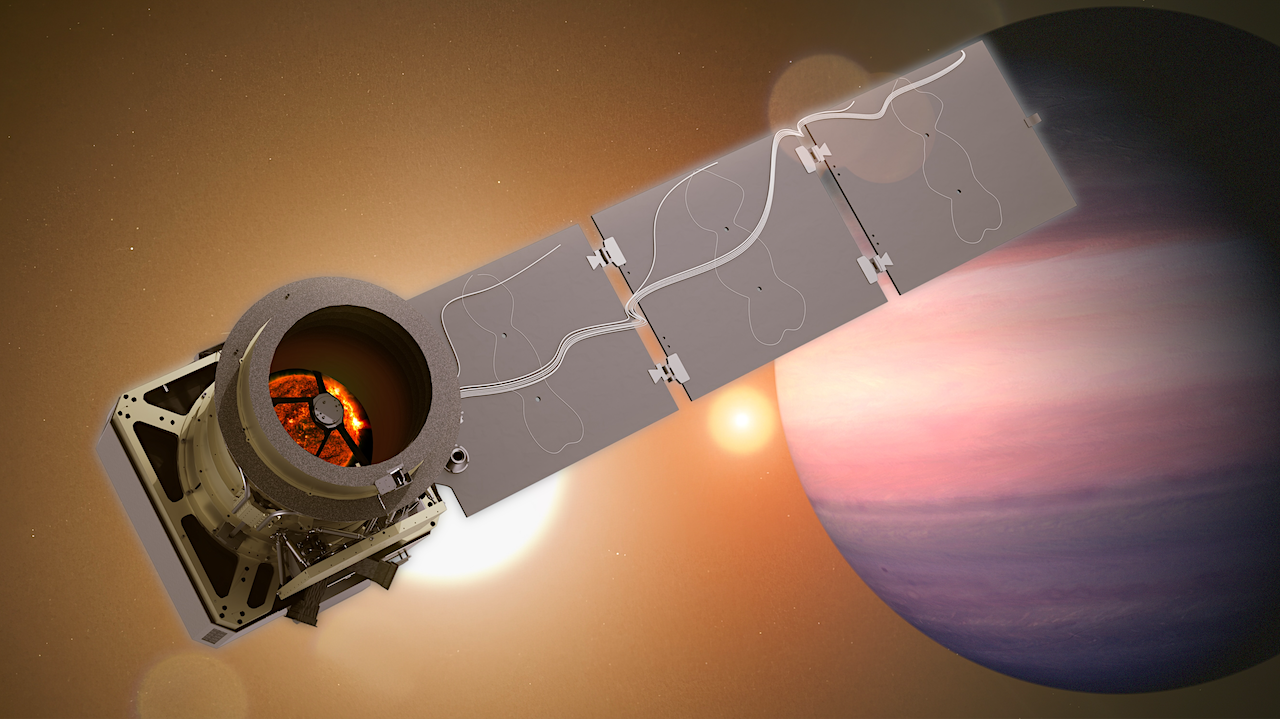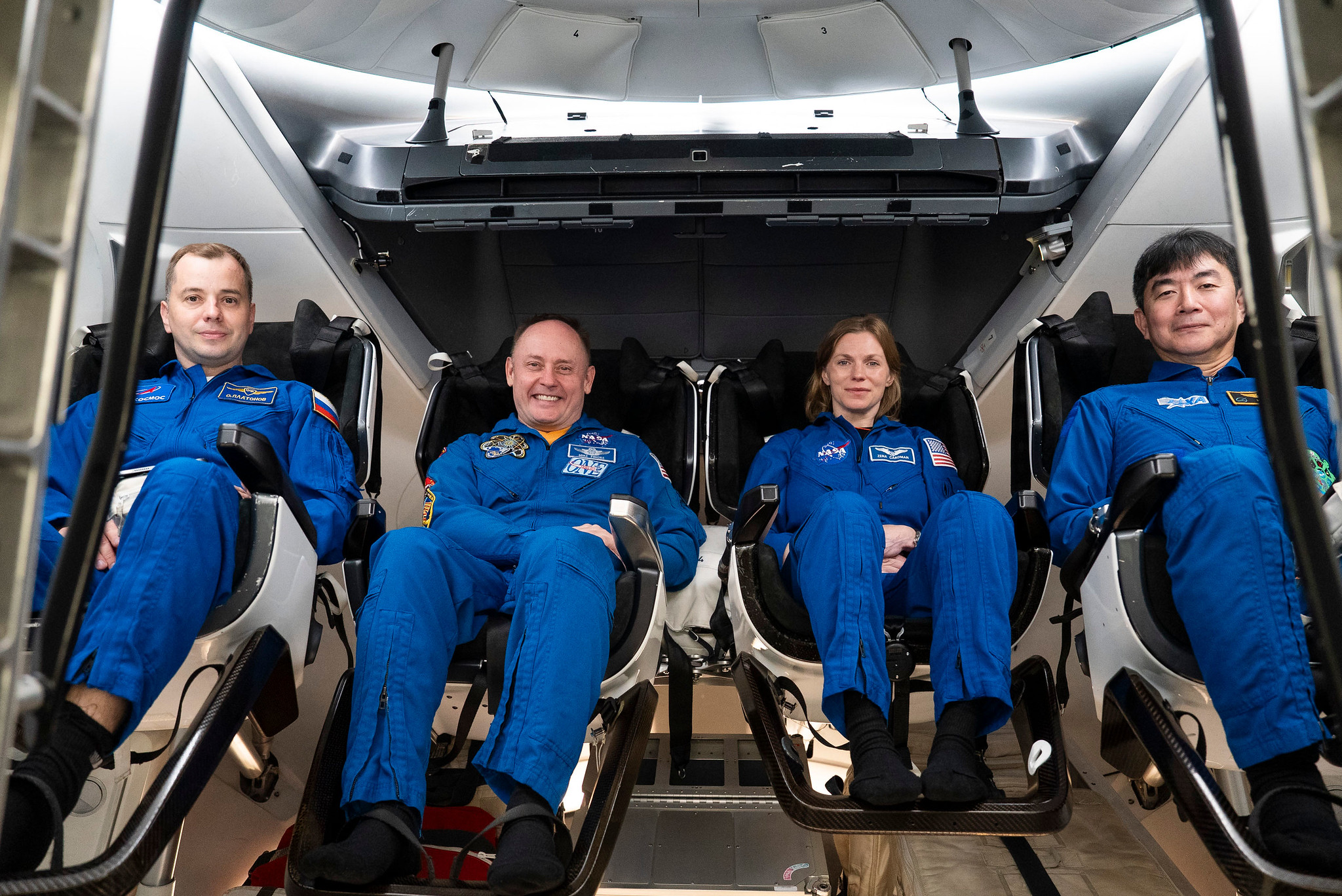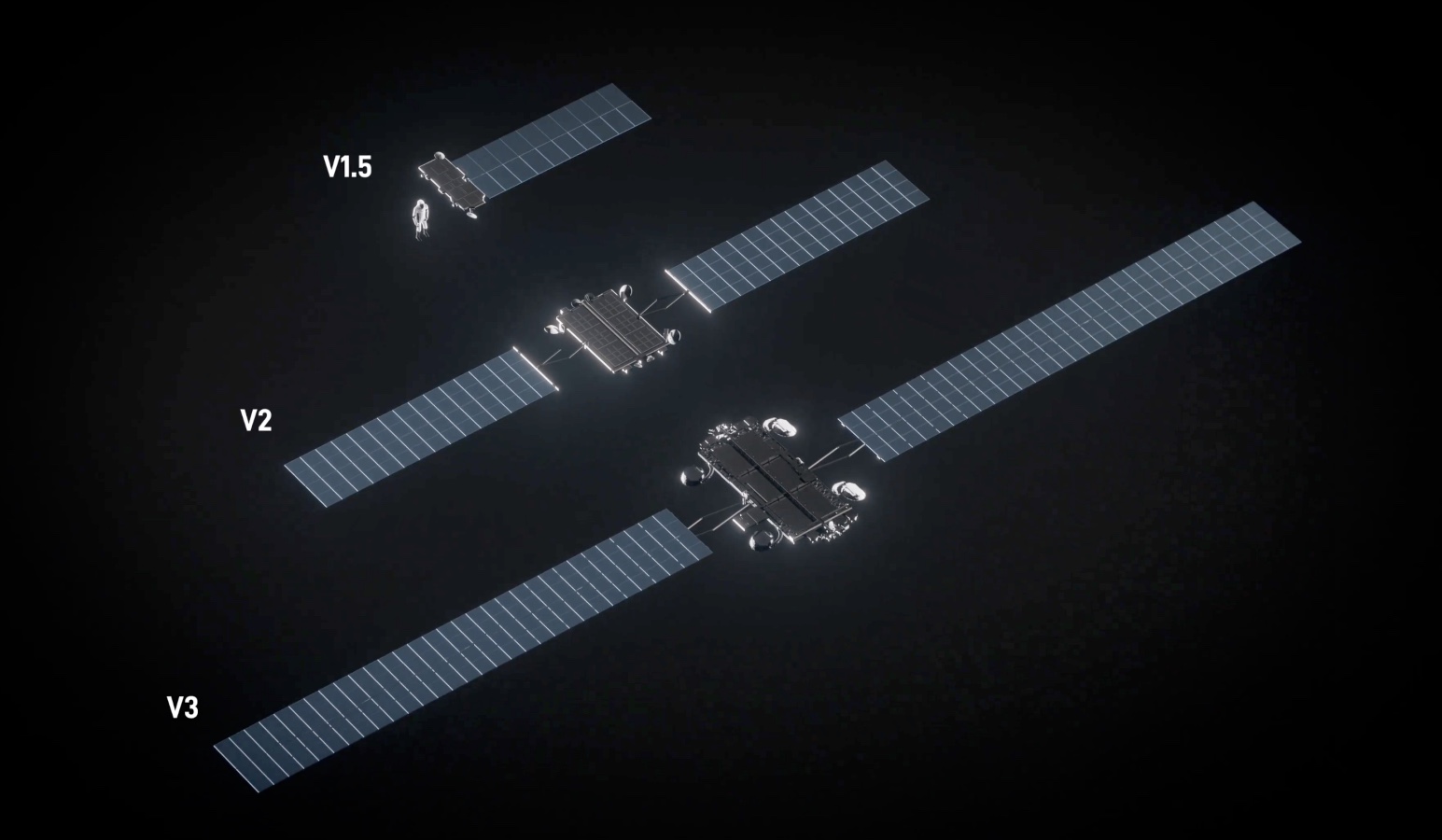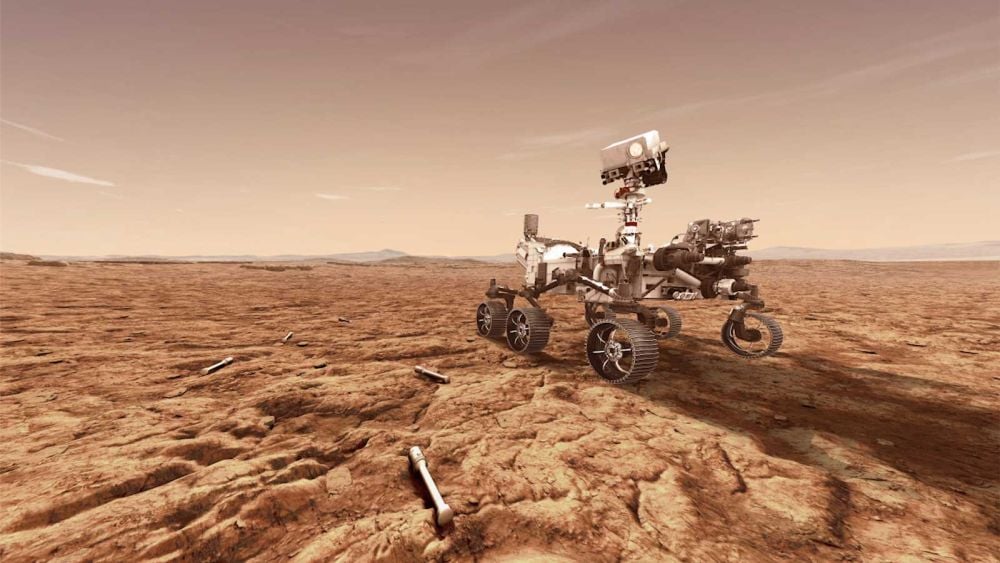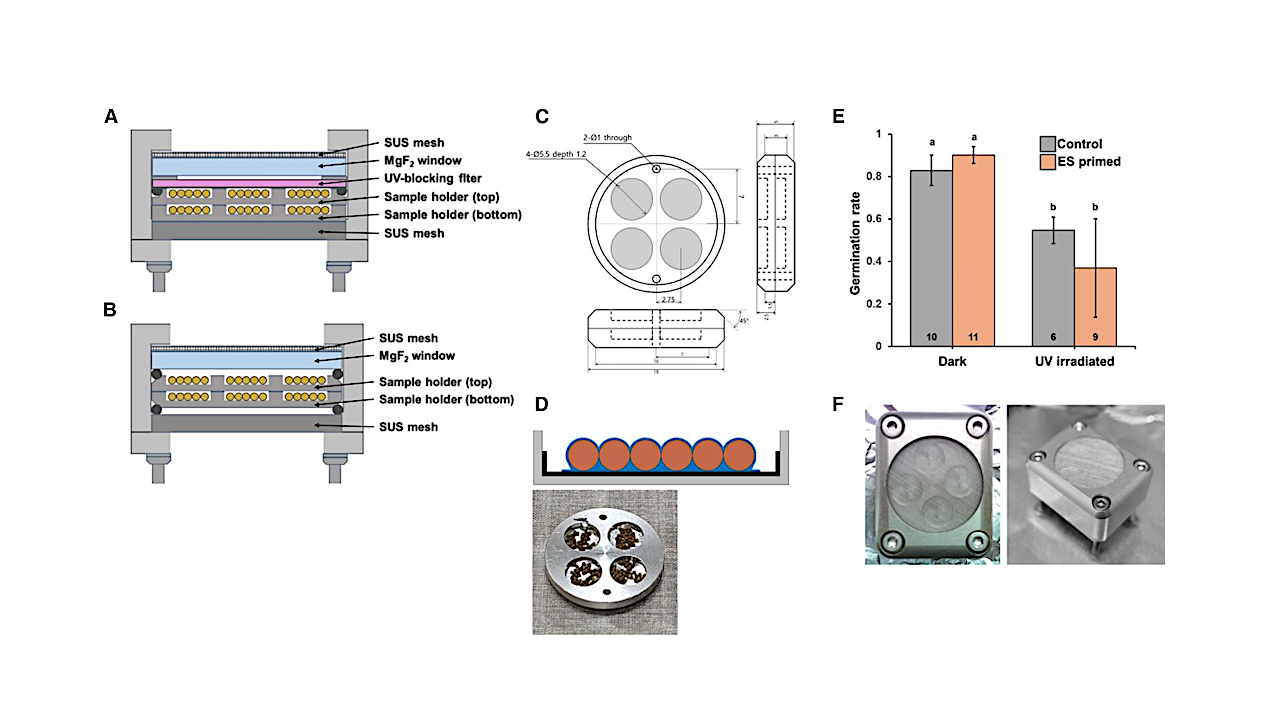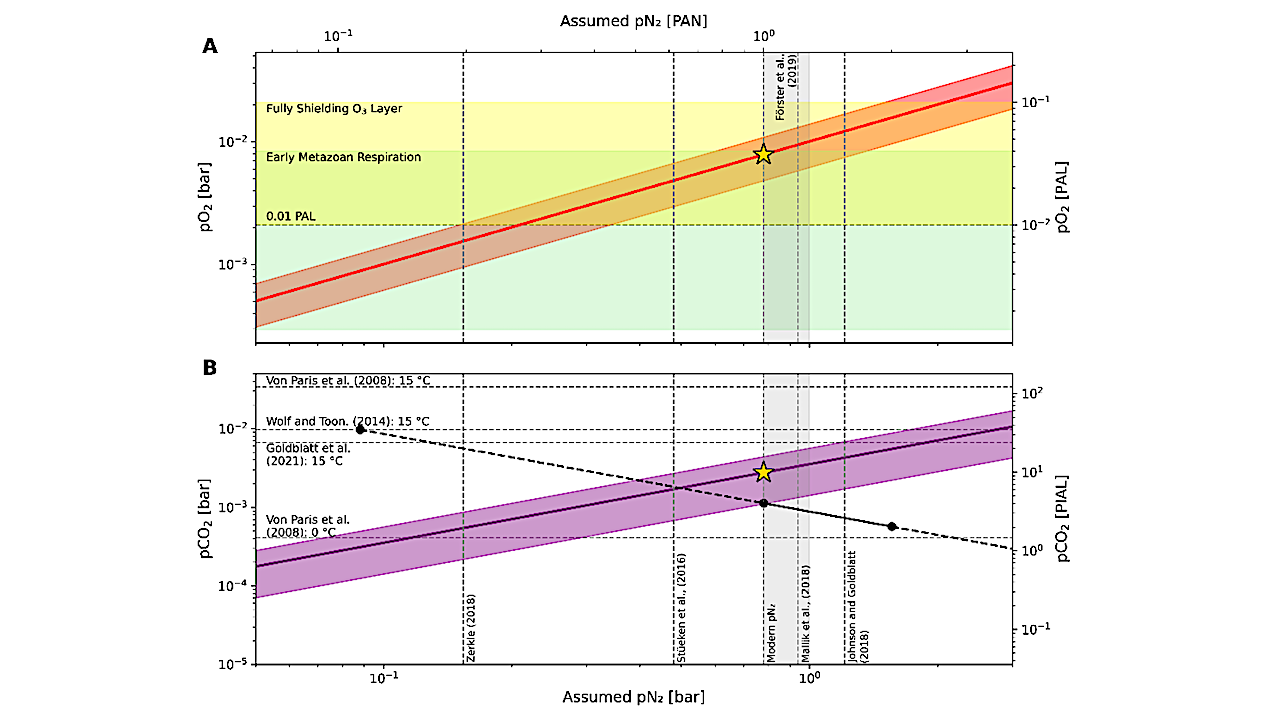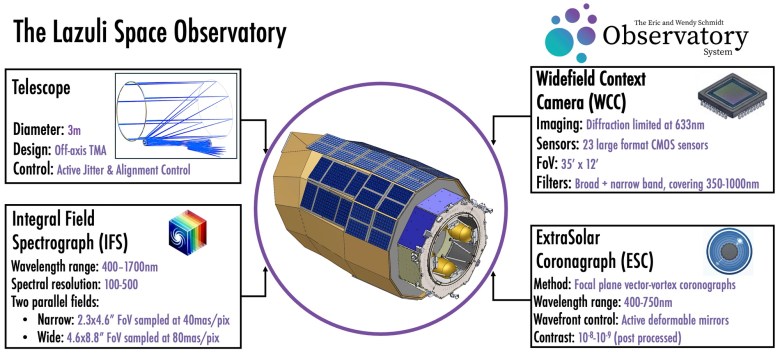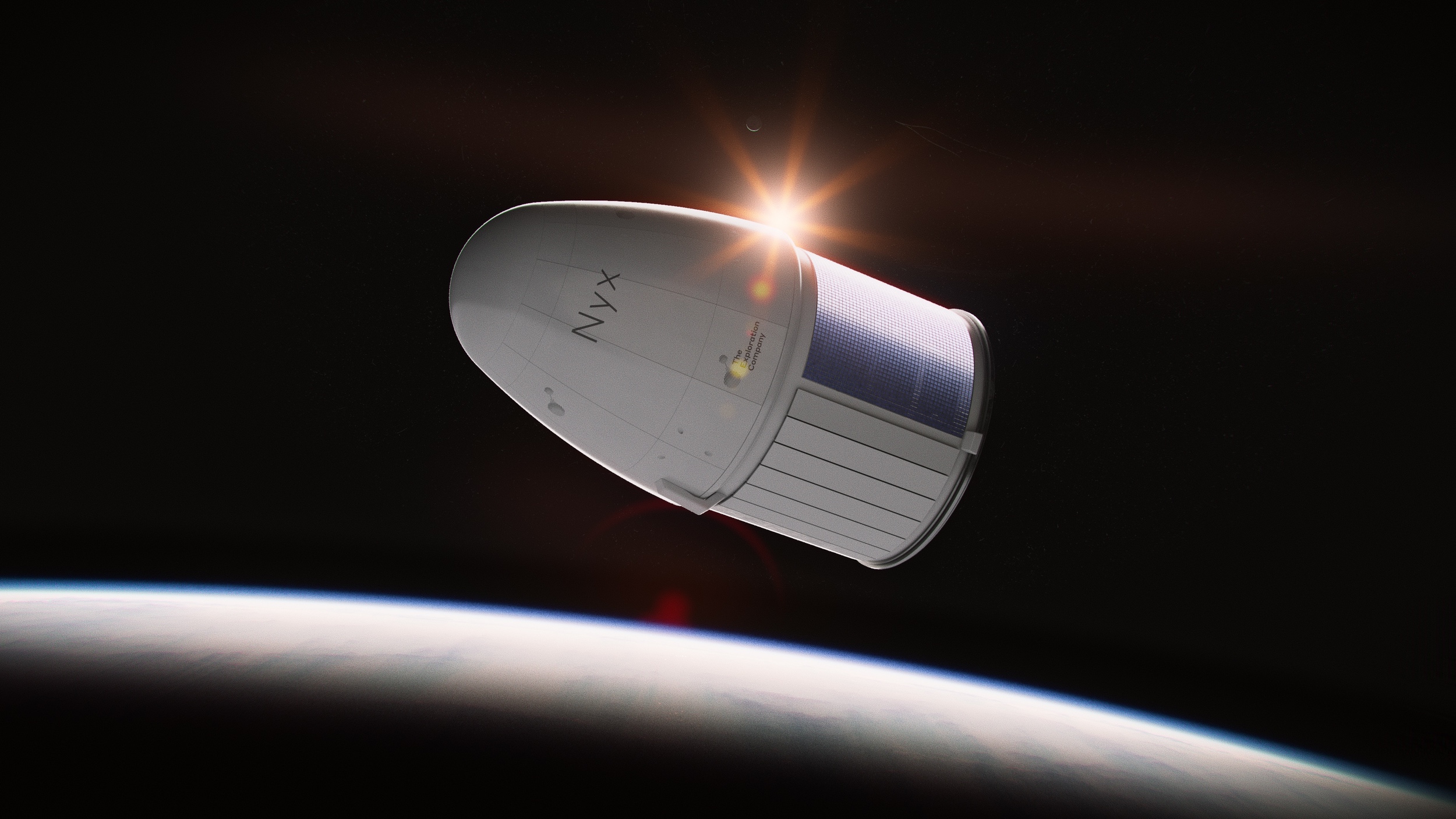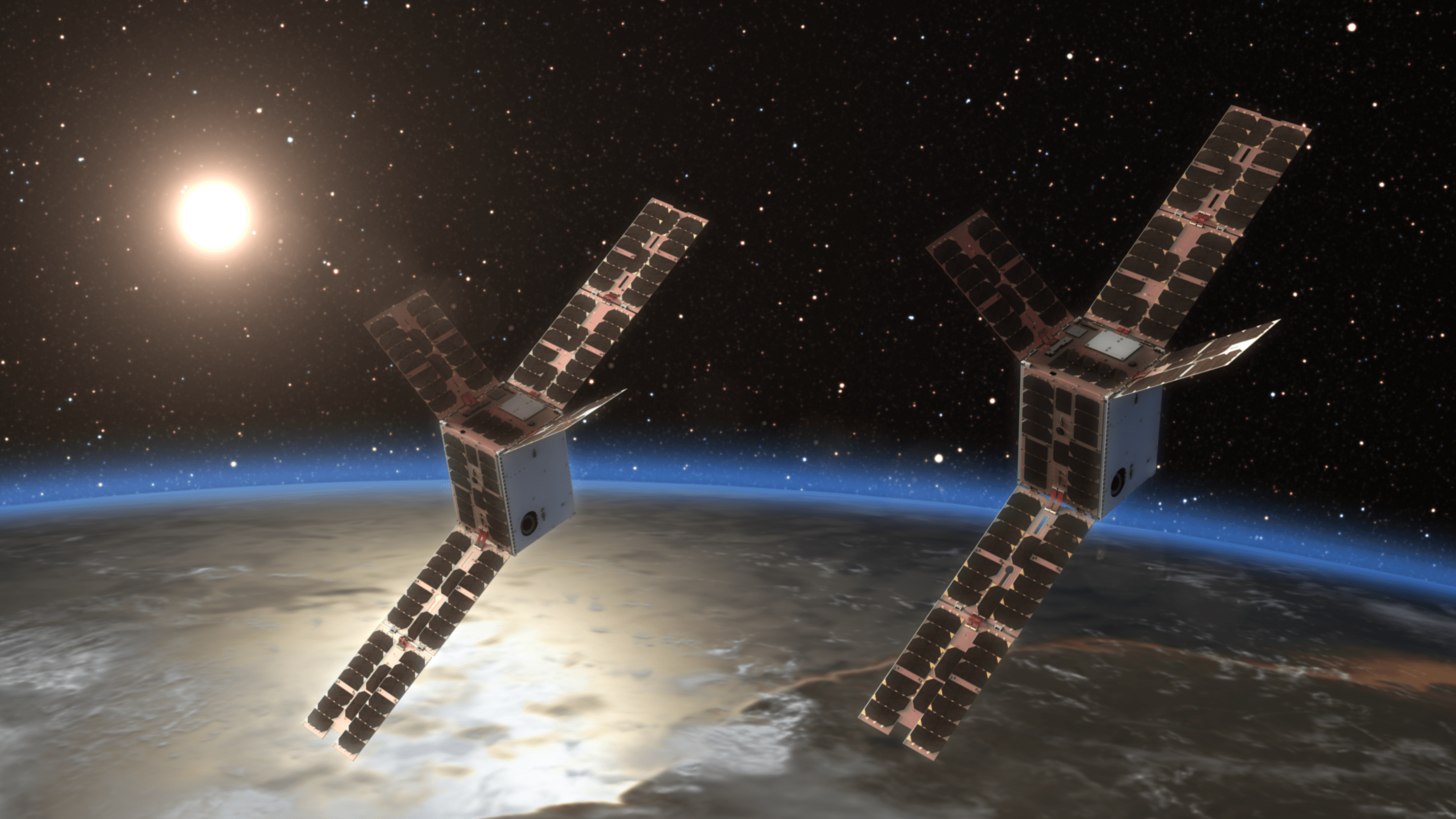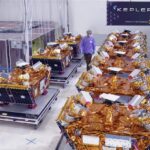This year’s funding for the Mars Sample Return mission has been cut. It seems unlikely that the mission will be revived in the coming years, barring some unforeseen development. This
Design of the space exposure unit and assemblage of samples for the space exposure experiment (A) The space exposure unit with a UV-blocking filter installed. A UV-blocking filter, which only
(A) Predicted pO2 (red line) and (B) pCO2 (purple line) values are compared for a range of possible assumed pN2. Vertical dashed lines and colored bands reflect pN2 estimates for
PHOENIX — A billionaire-backed philanthropic organization is funding the development of a series of new observatories, including a space telescope larger than Hubble that its backers say can be built
Launchers Isar Aerospace is expected to attempt its second two-stage Spectrum vehicle test flight, a key step after its first, partially successful liftoff in 2025. In parallel, Spain’s PLD Space
In this special episode of Space Minds, our show is split into two segments from SpaceNews’ annual Icon Awards. In our first segment, SpaceNews correspondent Debra Werner sits
WASHINGTON — United Launch Alliance plans to begin 2026 with a national security mission as its Vulcan Centaur rocket prepares to launch USSF-87 for the U.S. Space Force. The mission
LiDAR costs, compute power and AI training are the “big three” usually associated with the high cost of autonomous vehicles (AVs). We rarely look up. But maybe we should. High
They’re called ghost particles for a reason. They’re everywhere—trillions of them constantly stream through everything: our bodies, our planet, even the entire cosmos. These so-called neutrinos are elementary particles that
Galaxy clusters are formed by a dense packing of many galaxies, making them the most massive structures in the universe. Their progenitors, protoclusters, show these galaxies in their infancy, offering
-
 01From Polymerization-Enabled Folding and Assembly to Chemical Evolution: Key Processes for Emergence of Functional Polymers in the Origin of Life
01From Polymerization-Enabled Folding and Assembly to Chemical Evolution: Key Processes for Emergence of Functional Polymers in the Origin of Life -
 02Two Black Holes Observed Circling Each Other for the First Time
02Two Black Holes Observed Circling Each Other for the First Time -
 03How New NASA, India Earth Satellite NISAR Will See Earth
03How New NASA, India Earth Satellite NISAR Will See Earth -
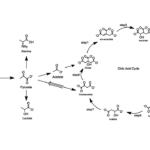 04Thermodynamic Constraints On The Citric Acid Cycle And Related Reactions In Ocean World Interiors
04Thermodynamic Constraints On The Citric Acid Cycle And Related Reactions In Ocean World Interiors -
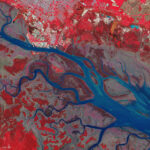 05Φsat-2 begins science phase for AI Earth images
05Φsat-2 begins science phase for AI Earth images -
 06Hurricane forecasters are losing 3 key satellites ahead of peak storm season − a meteorologist explains why it matters
06Hurricane forecasters are losing 3 key satellites ahead of peak storm season − a meteorologist explains why it matters -
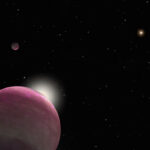 07Binary star systems are complex astronomical objects − a new AI approach could pin down their properties quickly
07Binary star systems are complex astronomical objects − a new AI approach could pin down their properties quickly


